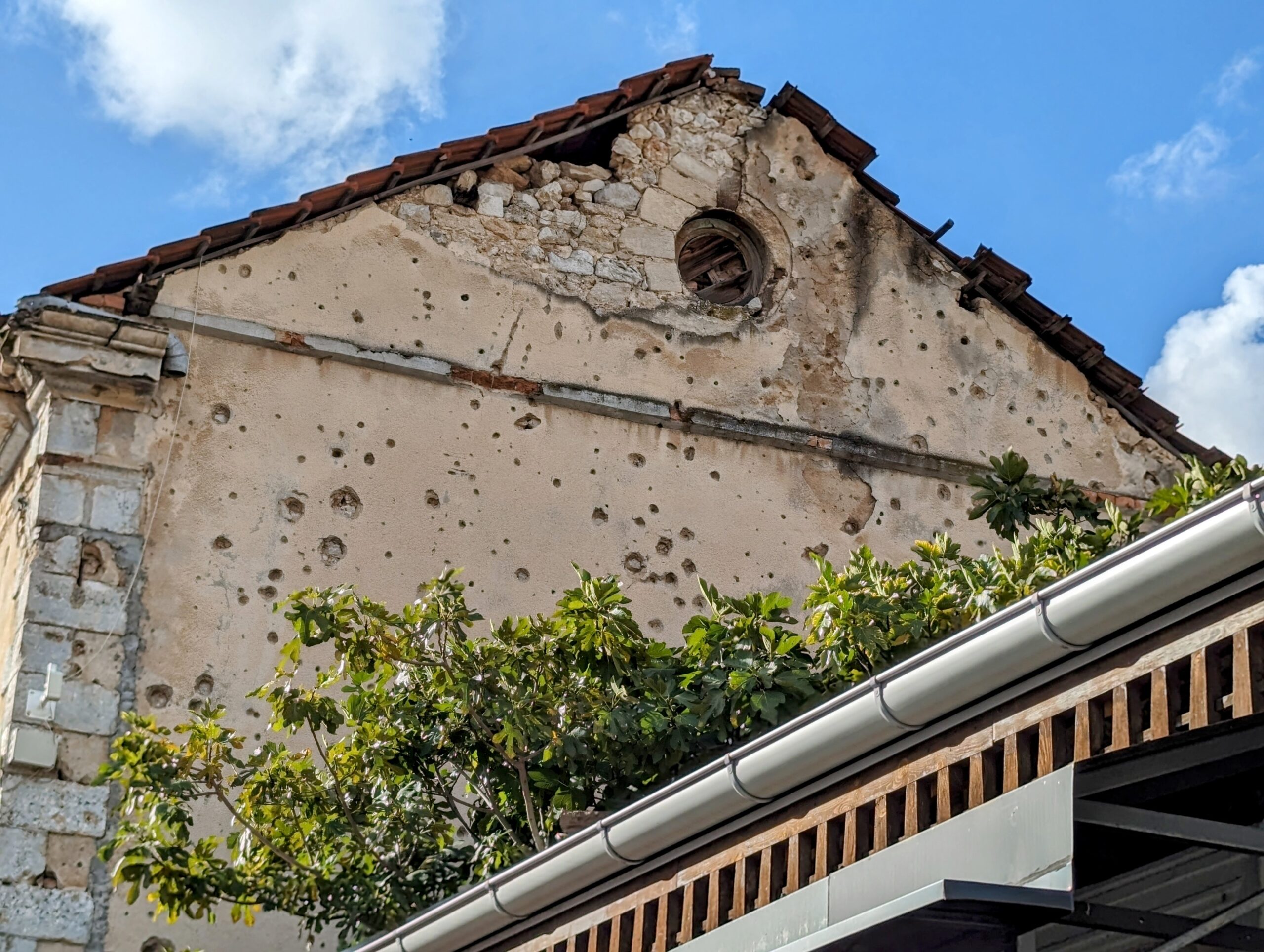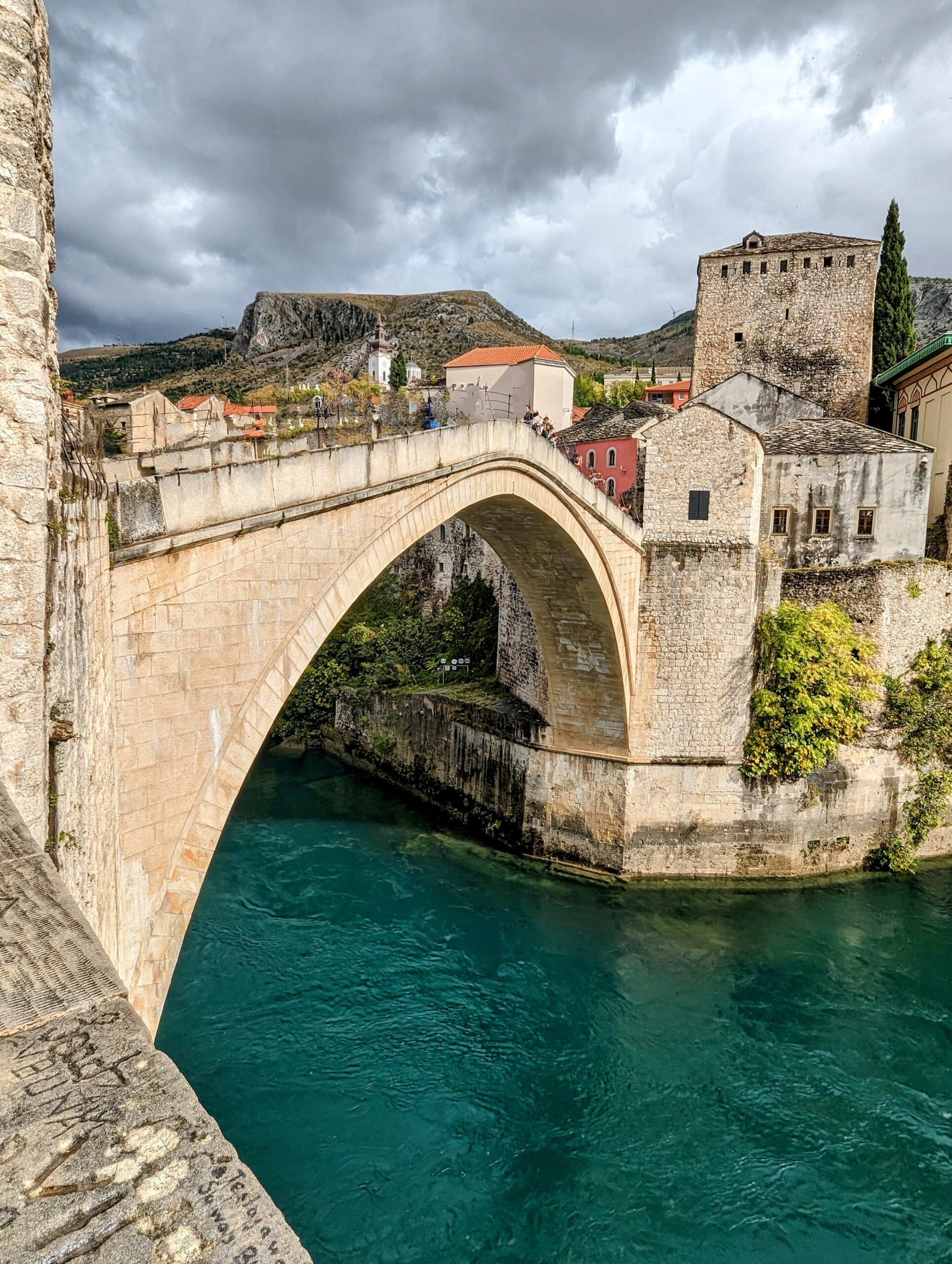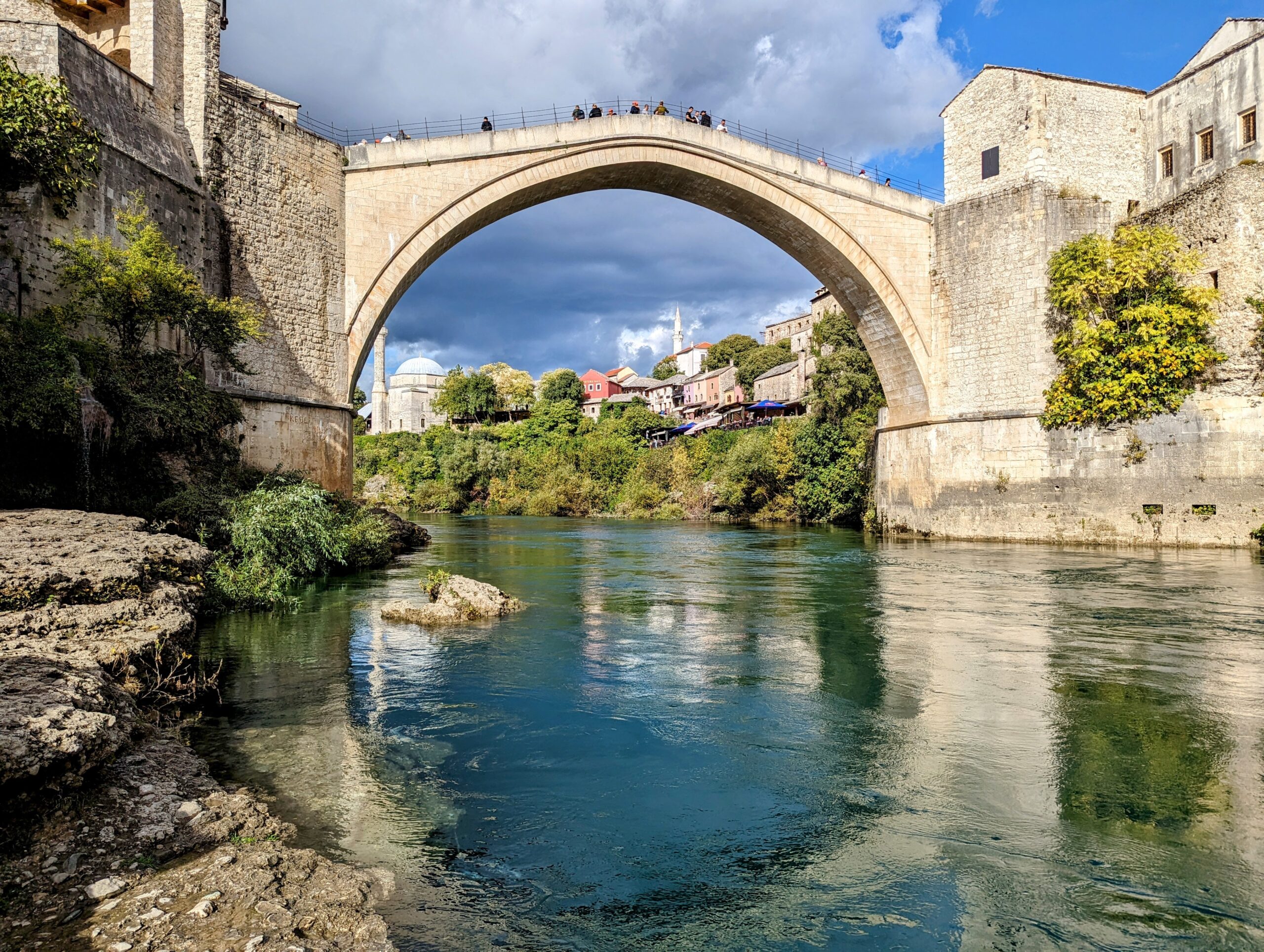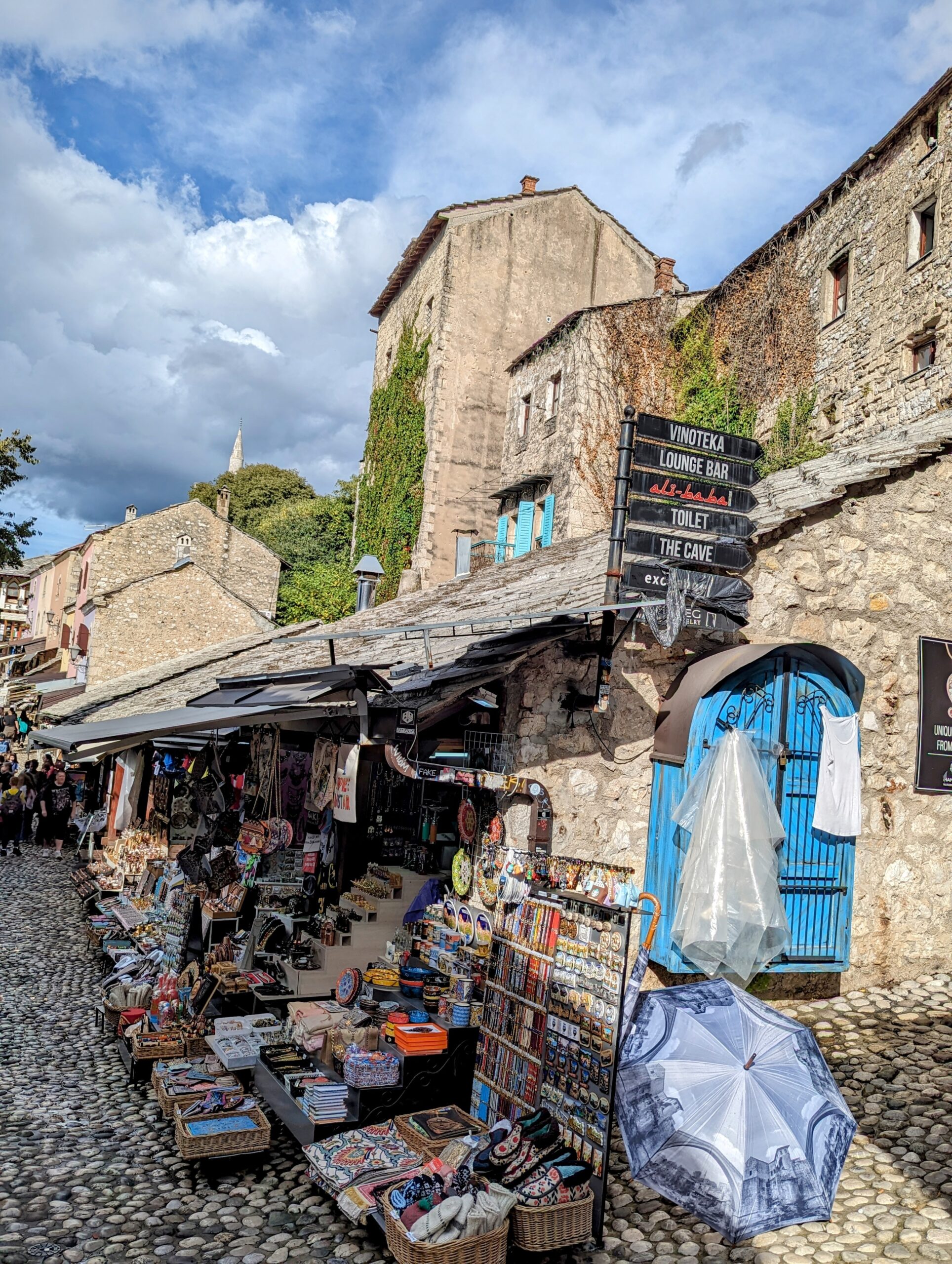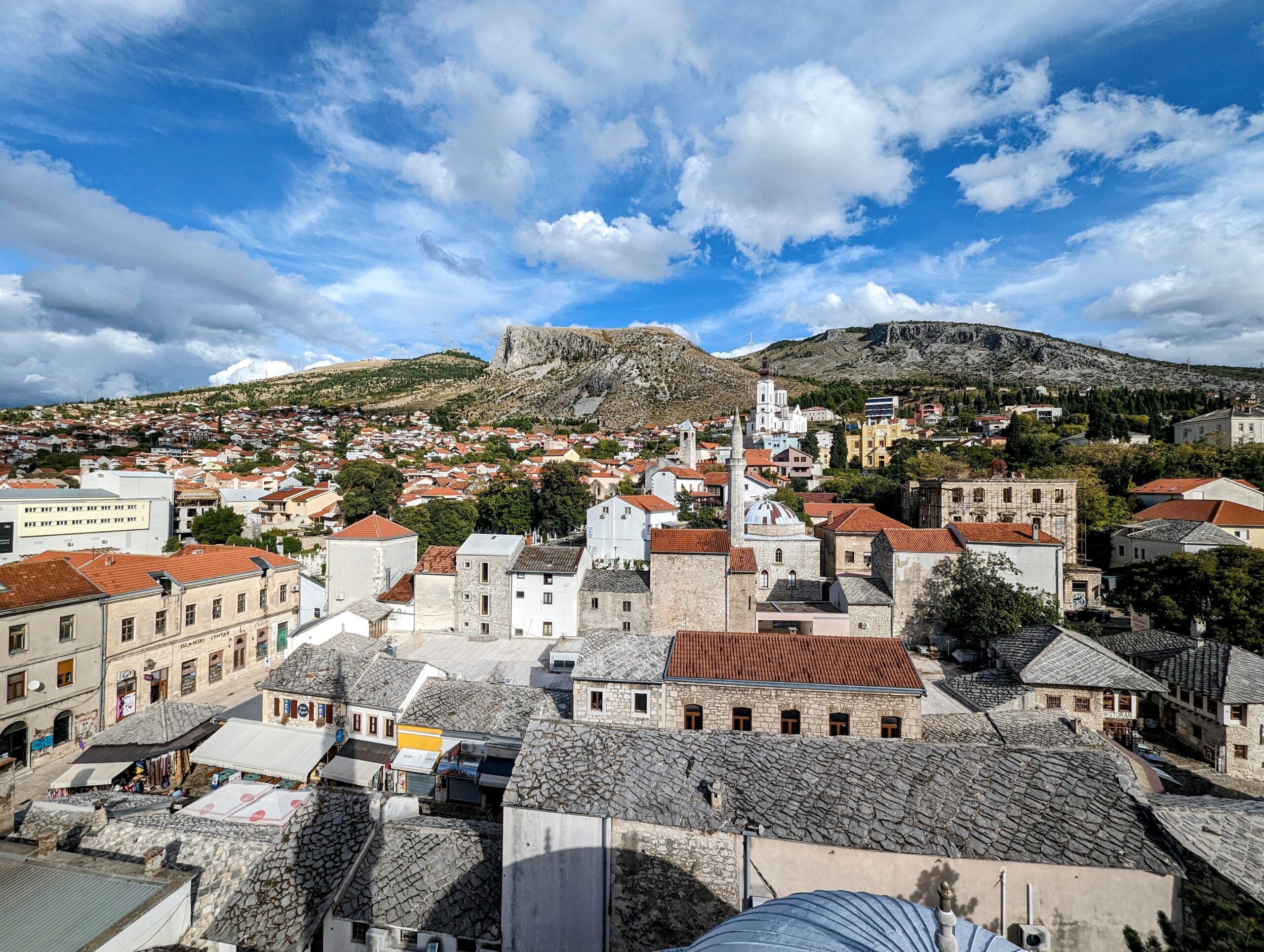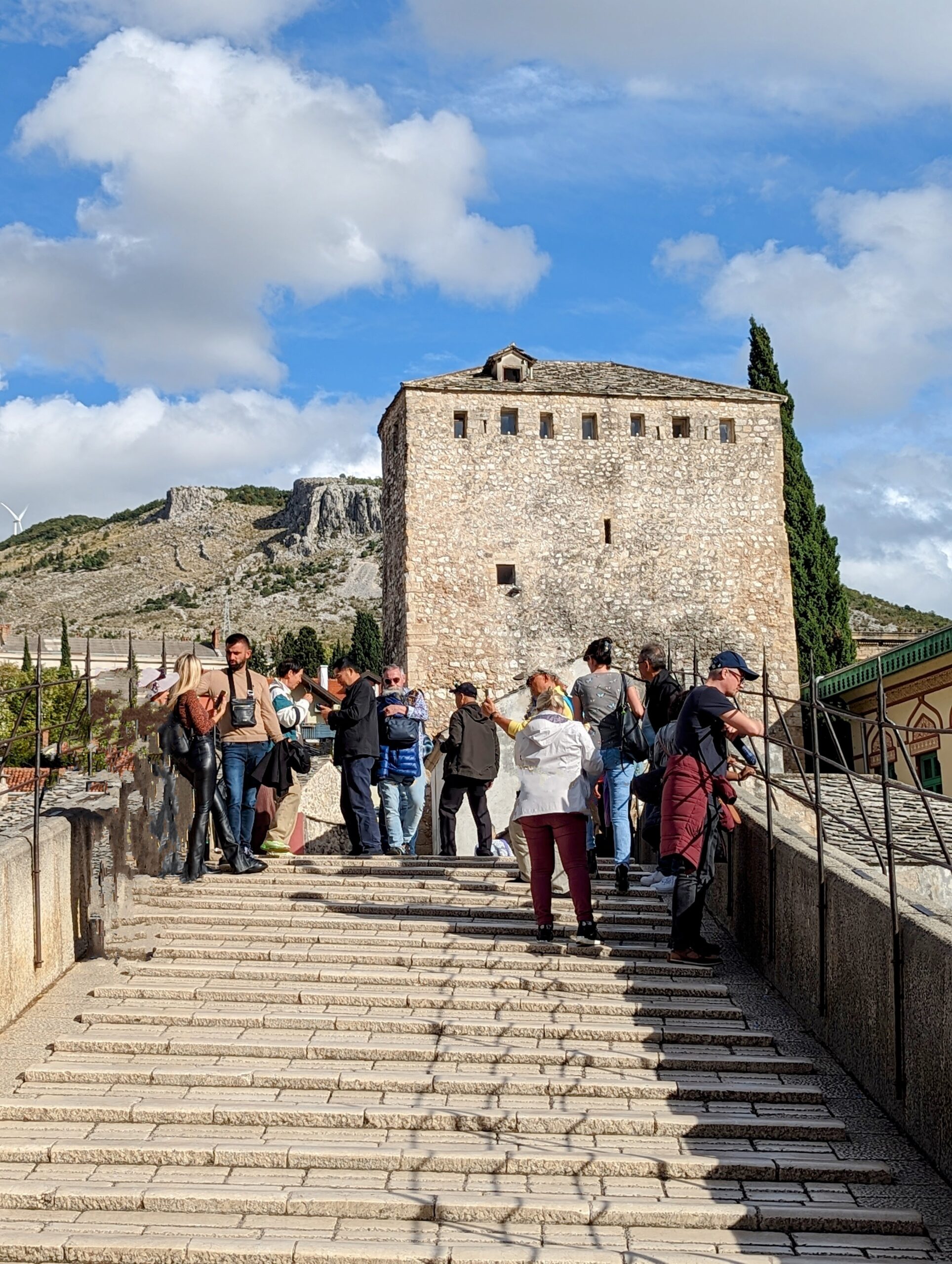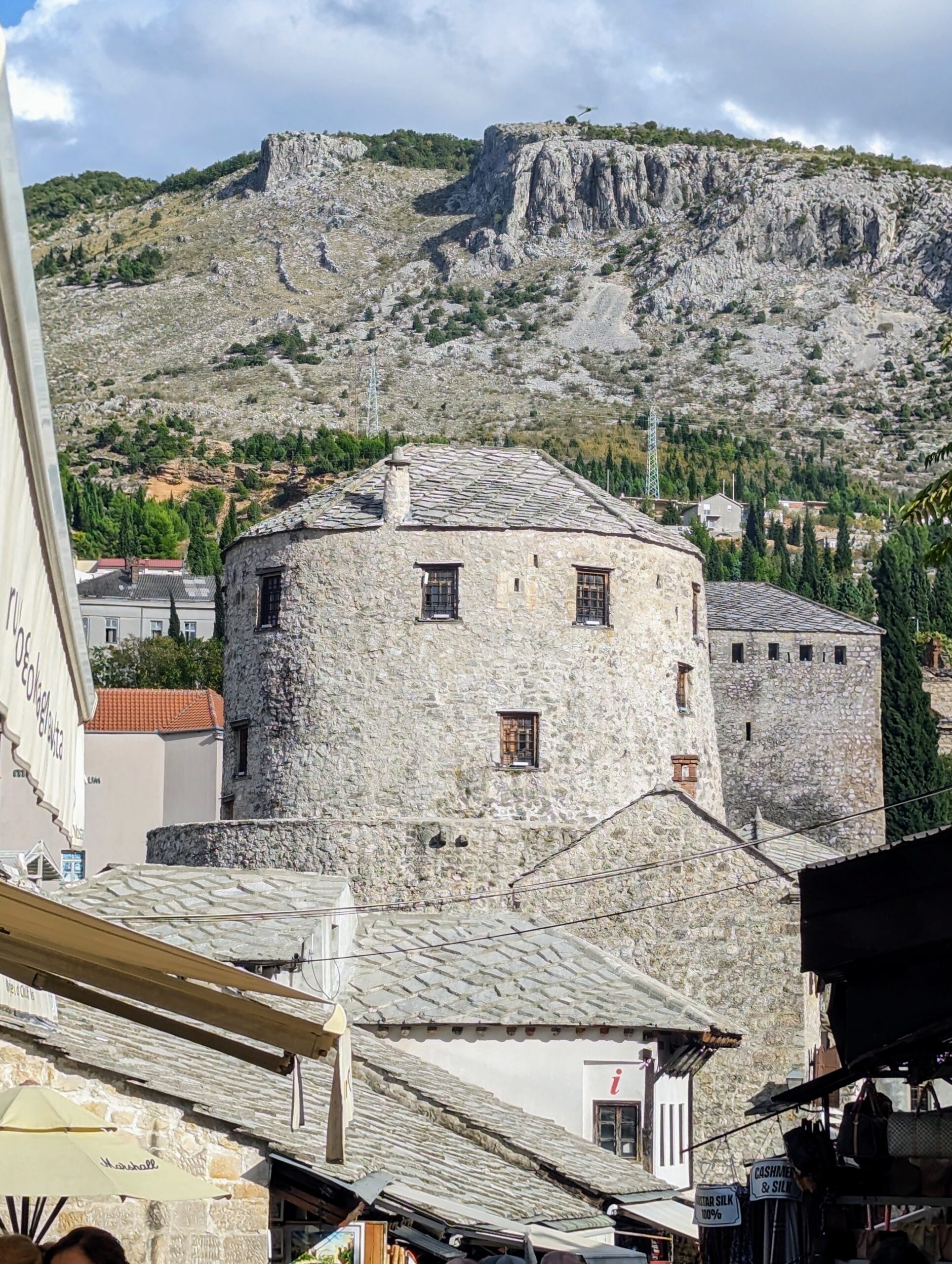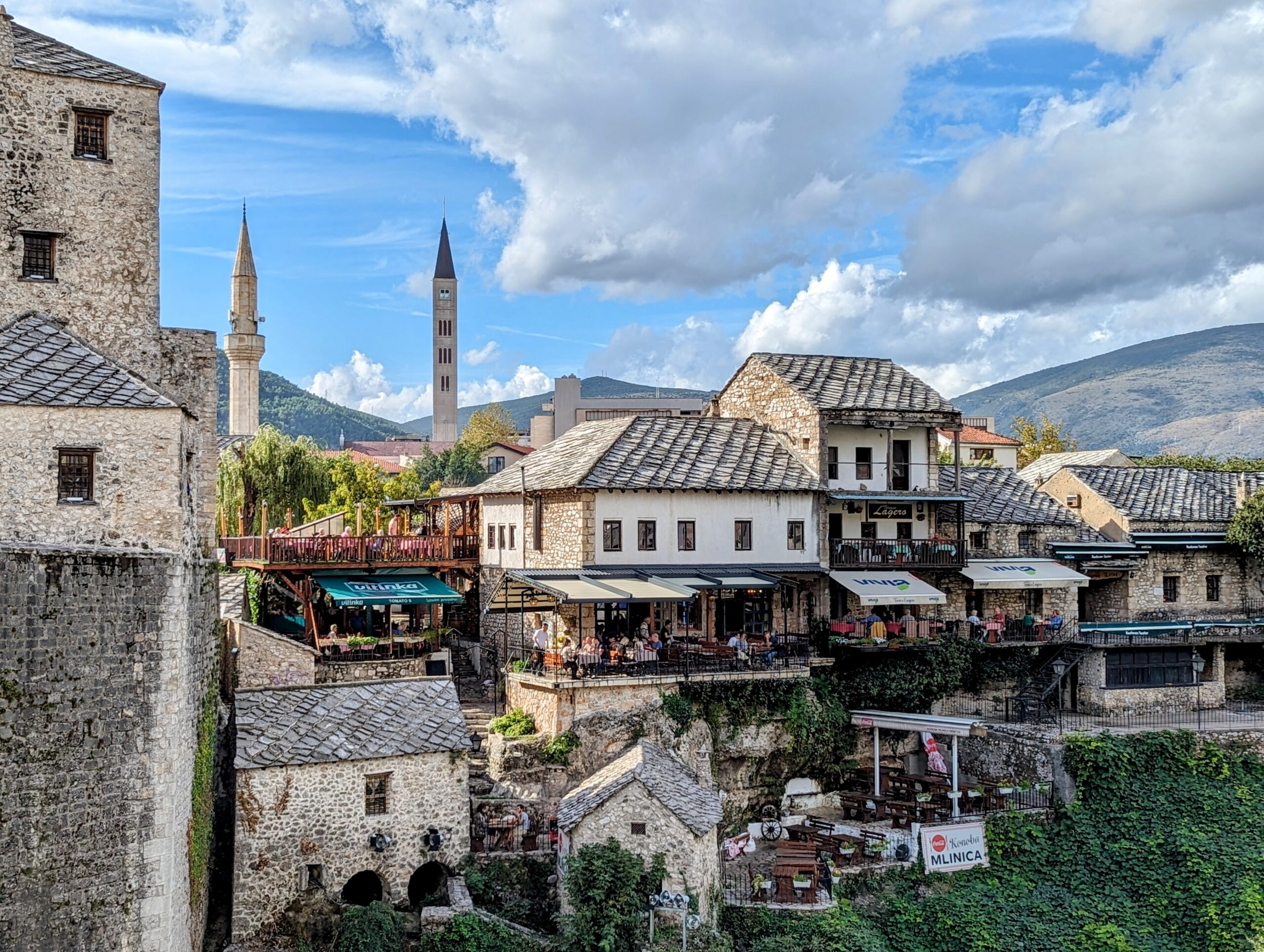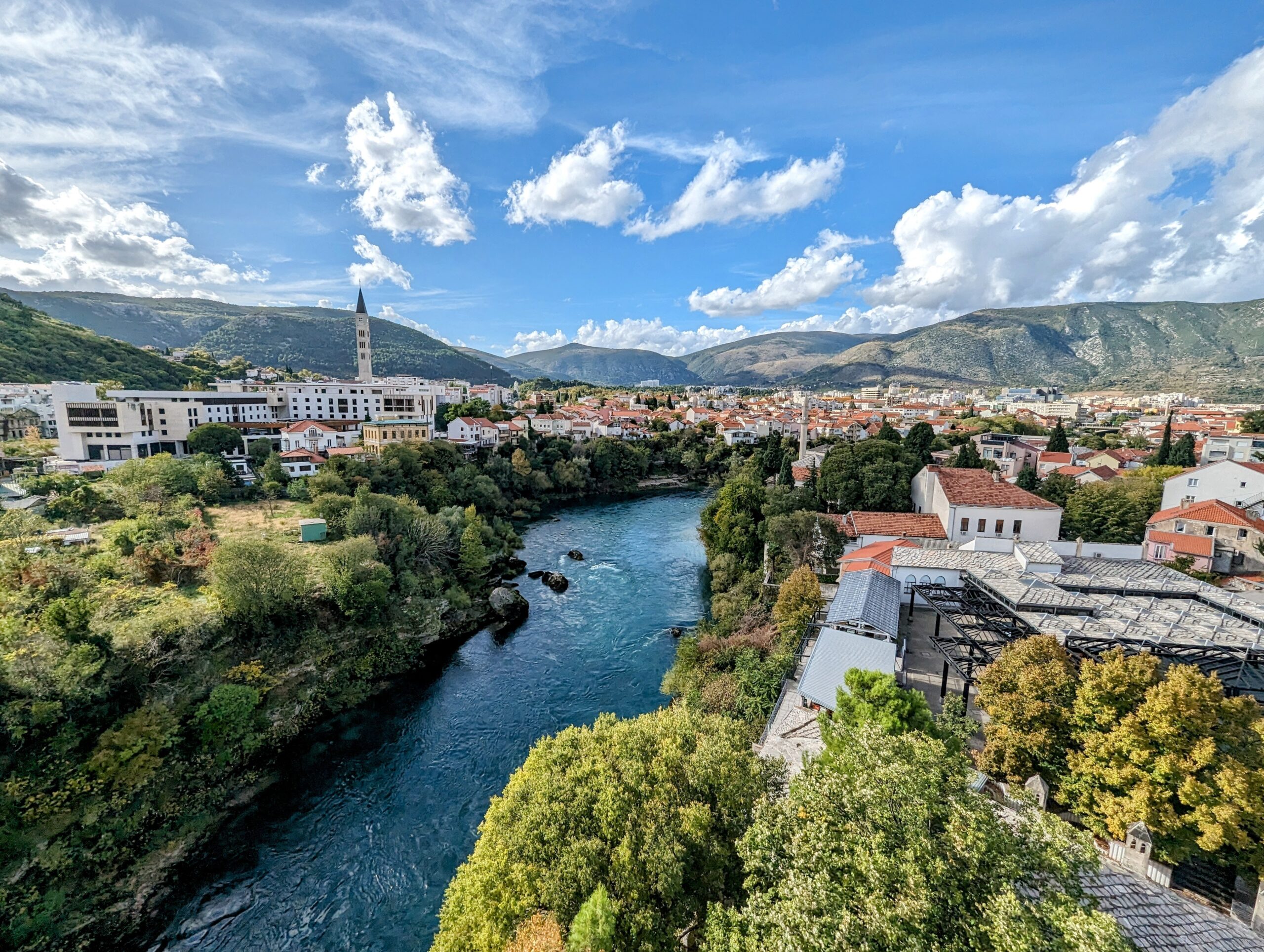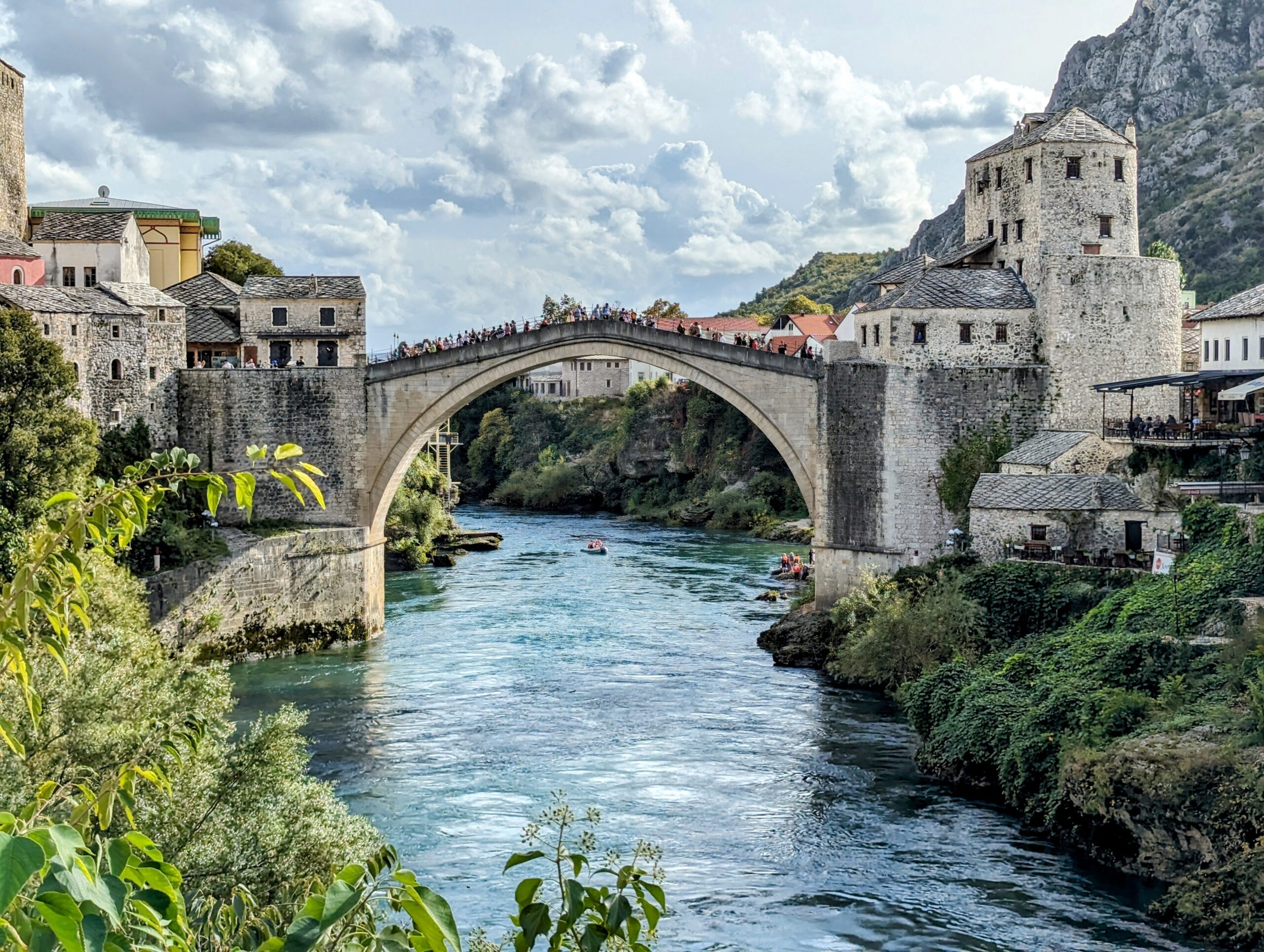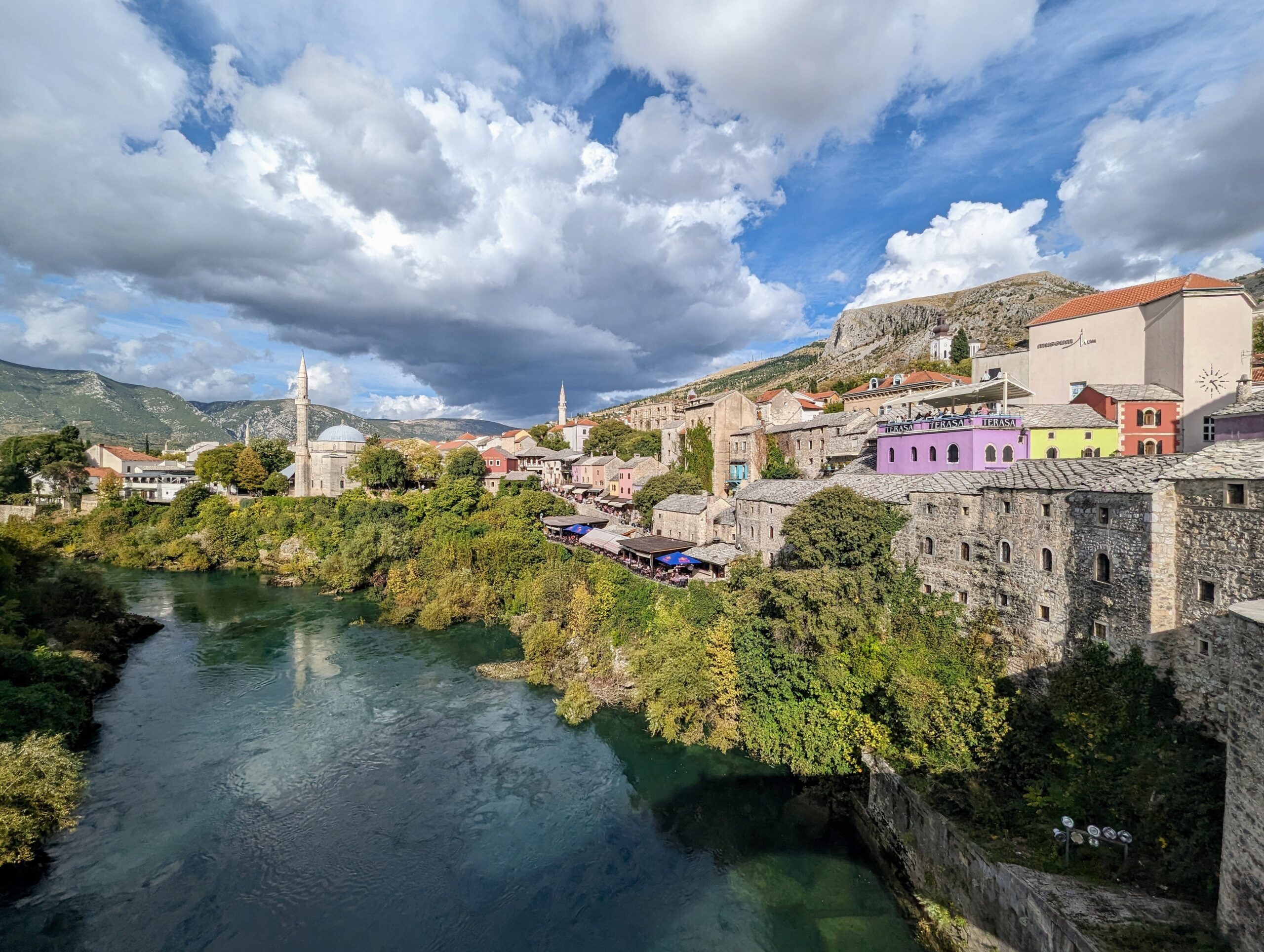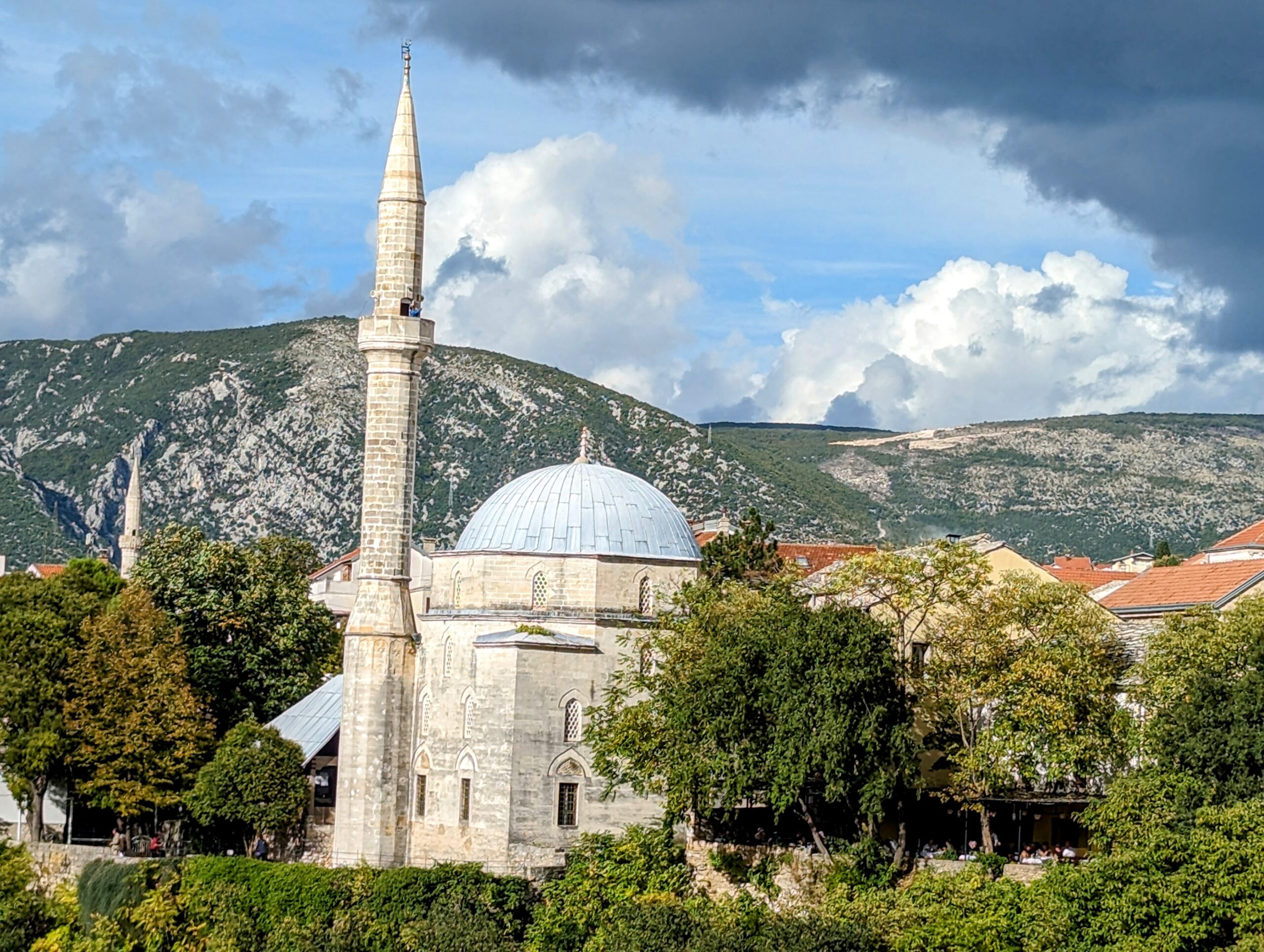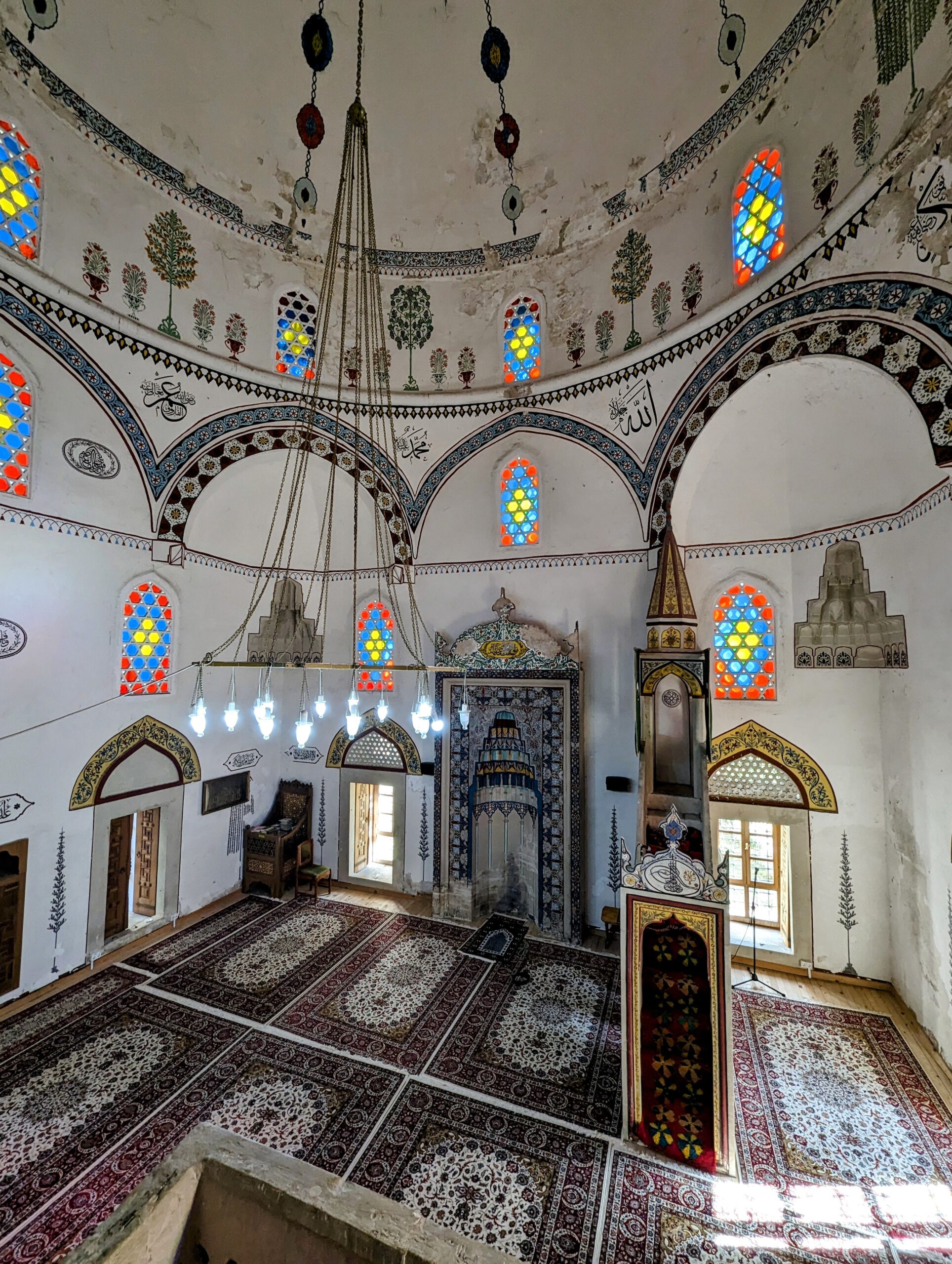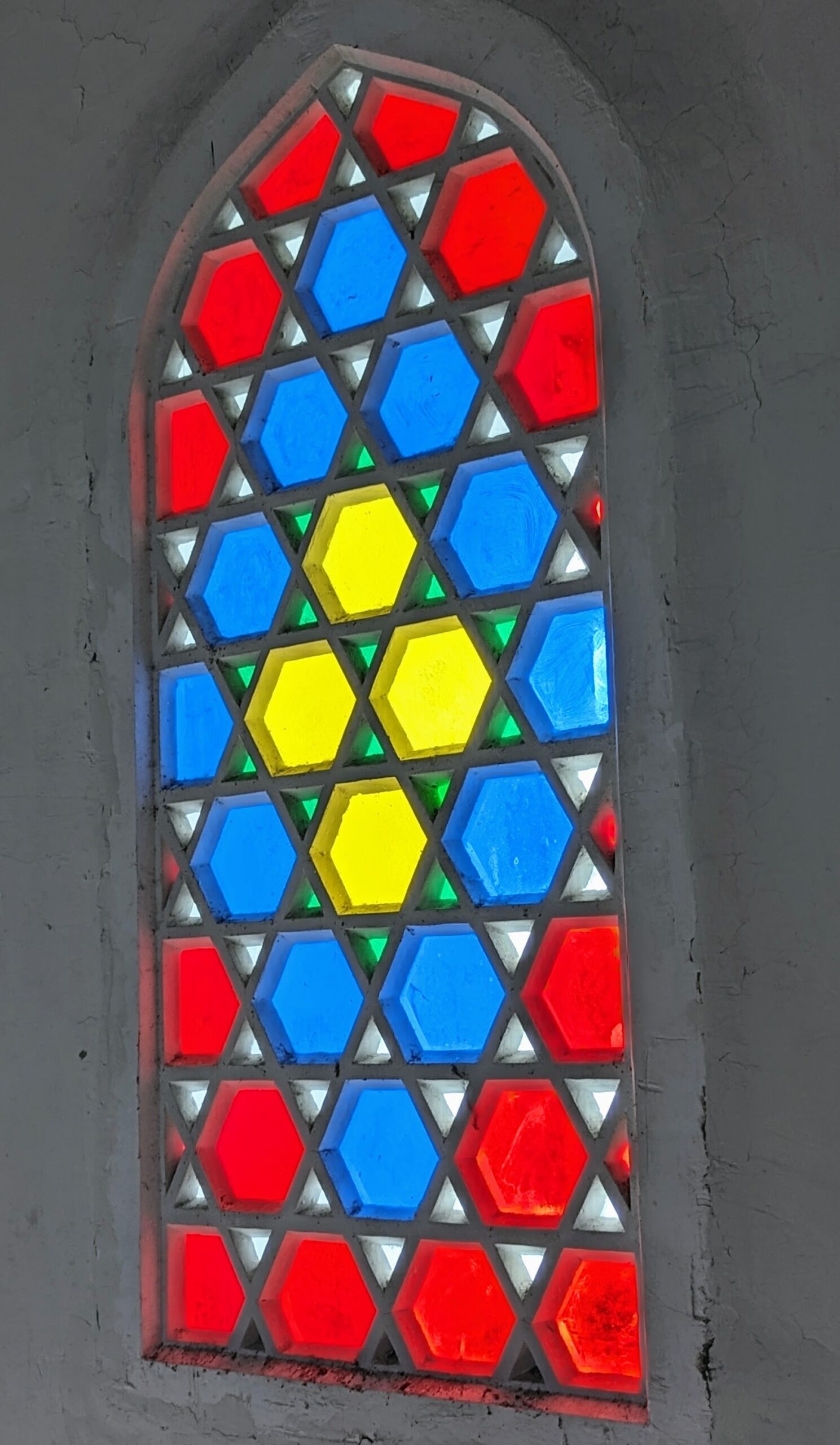Bosnia and Herzegovina has to be one of the most screwy countries on the planet. Two capitol cities, 2 states within a country with independently functioning political and administrative functions. Three presidents are elected, one from each of the ethnic groupings and each serves as president rotating every 6 months for a 5 year term. Makes one grow cross eyed just thinking about it.
The genesis of the muddle is in the diverse ethnic mix. To the west is a large minority Croat population, to the east Serbs, in the middle are Bosnians who are a muslim grouping a throwback to the 450 years of Ottoman control here. After beating up on the Croats the Serbs turned on the Bosnians. The civil war here was particularly brutal with genocide perpetrated by the Serbs at its worst was the butchering of 8000 Bosnians in 3 days at the town of Srbenica. The “solution to the civil war was a tripartite agreement that encoded these odd divisions.
Again we are on a tour. Bosnian roads reflect the poor status of this country after neglect from the communist time and the aftermath of the subsequent civil war. Our first stop is in the rustic medieval village of Pocitelj. We bound up the hill to the fortress overlooking the cobblestone village. Freshly squeezed pomegranate juice refreshes us on the way back.
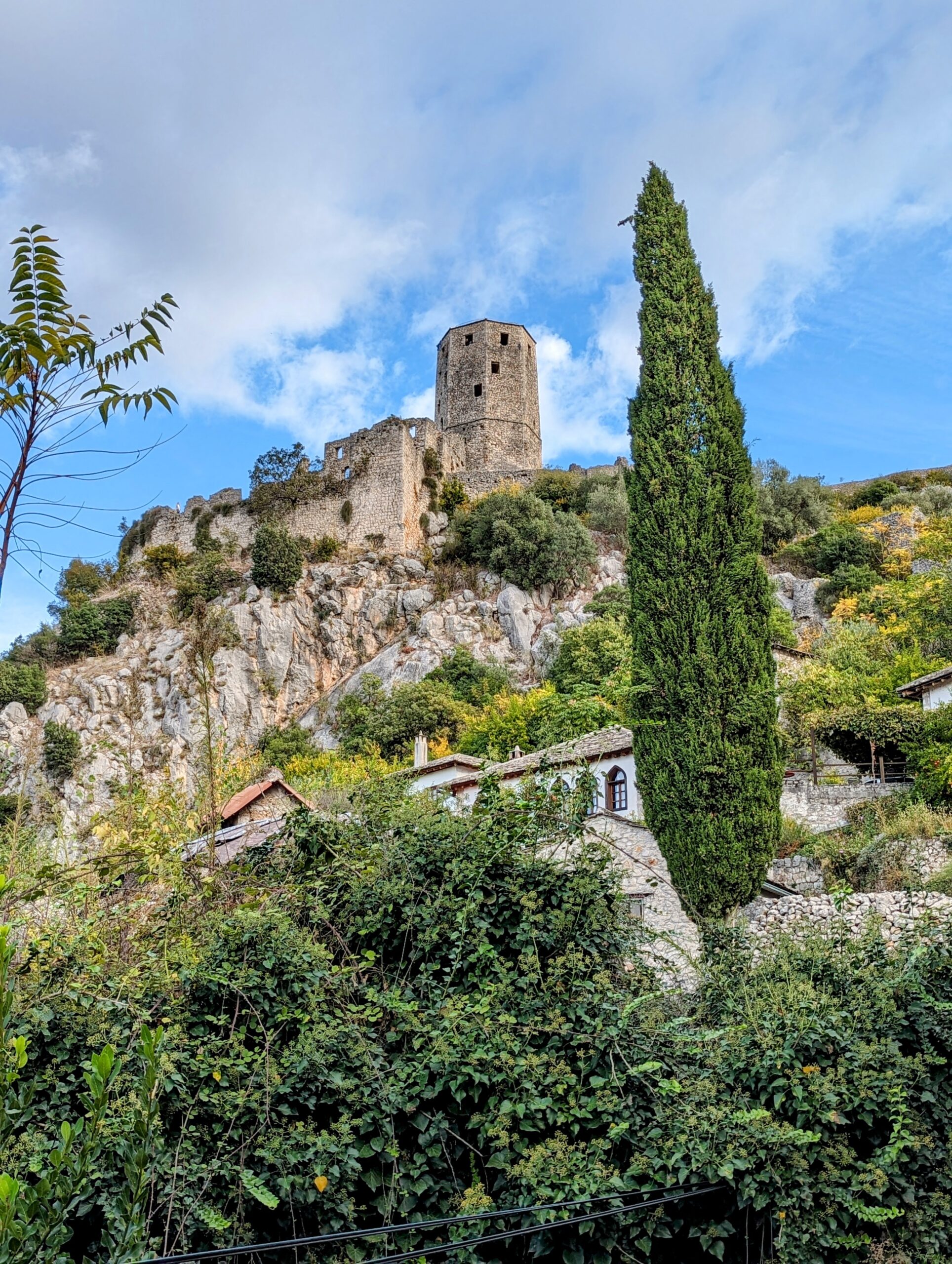
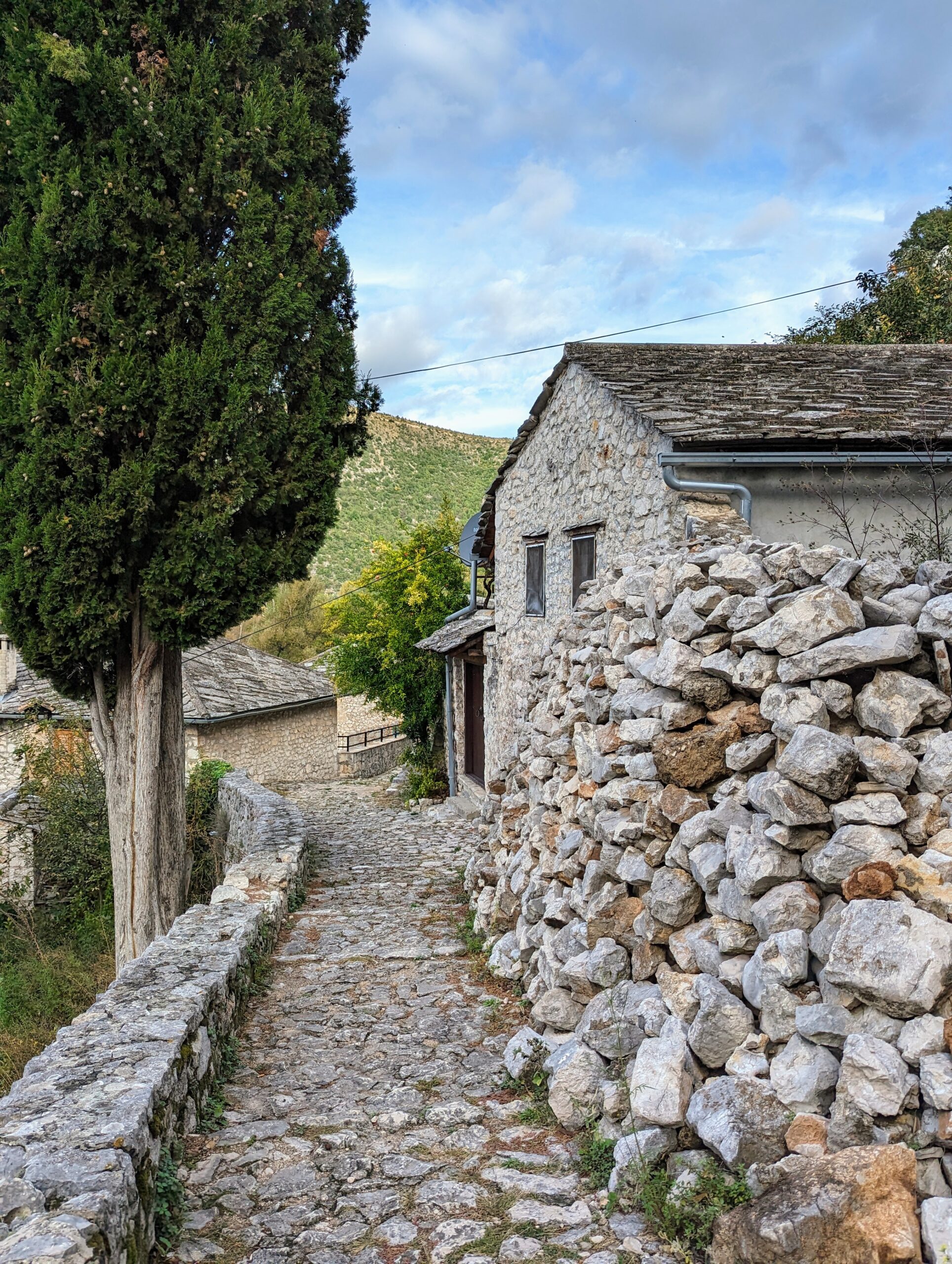
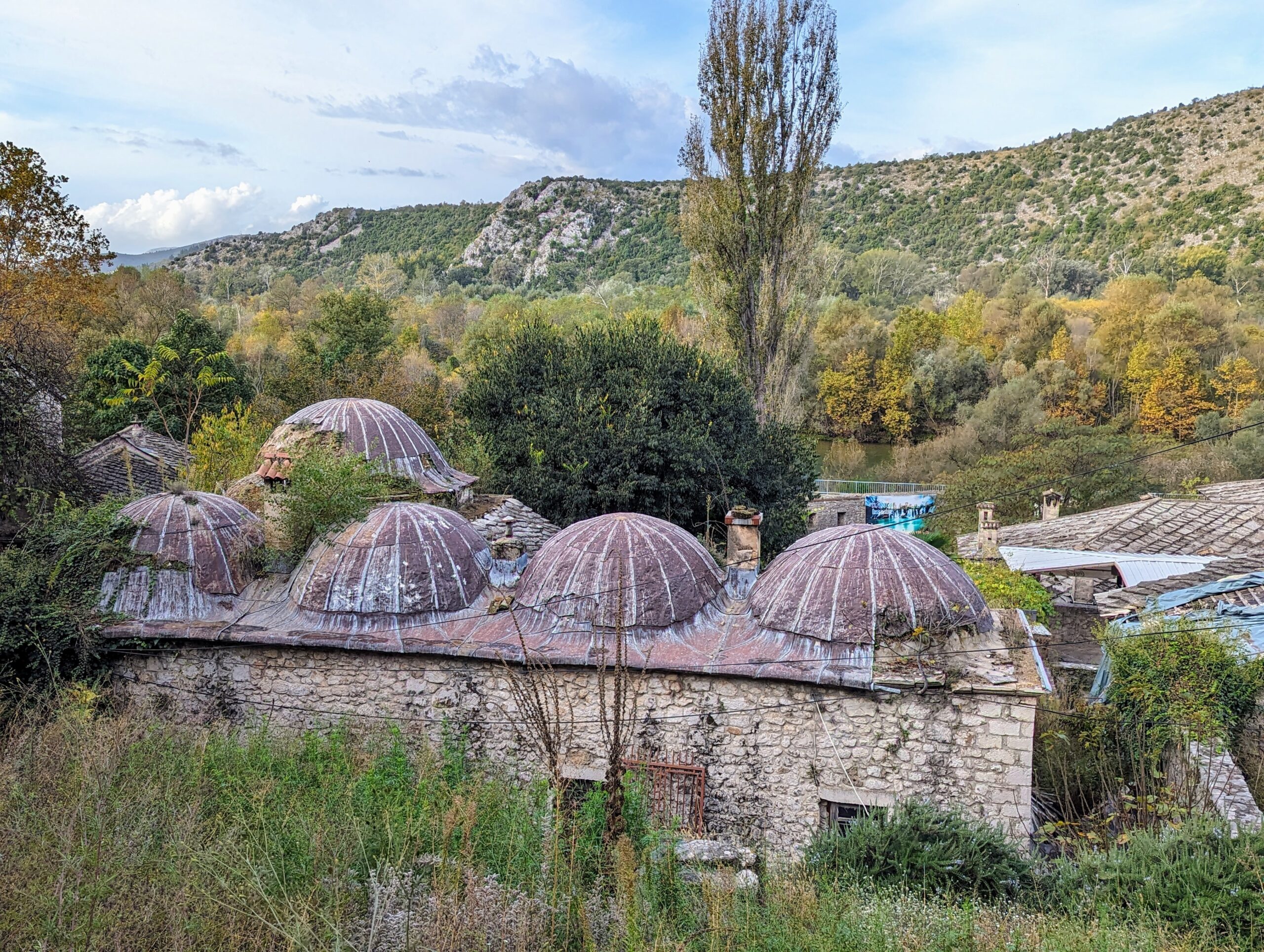

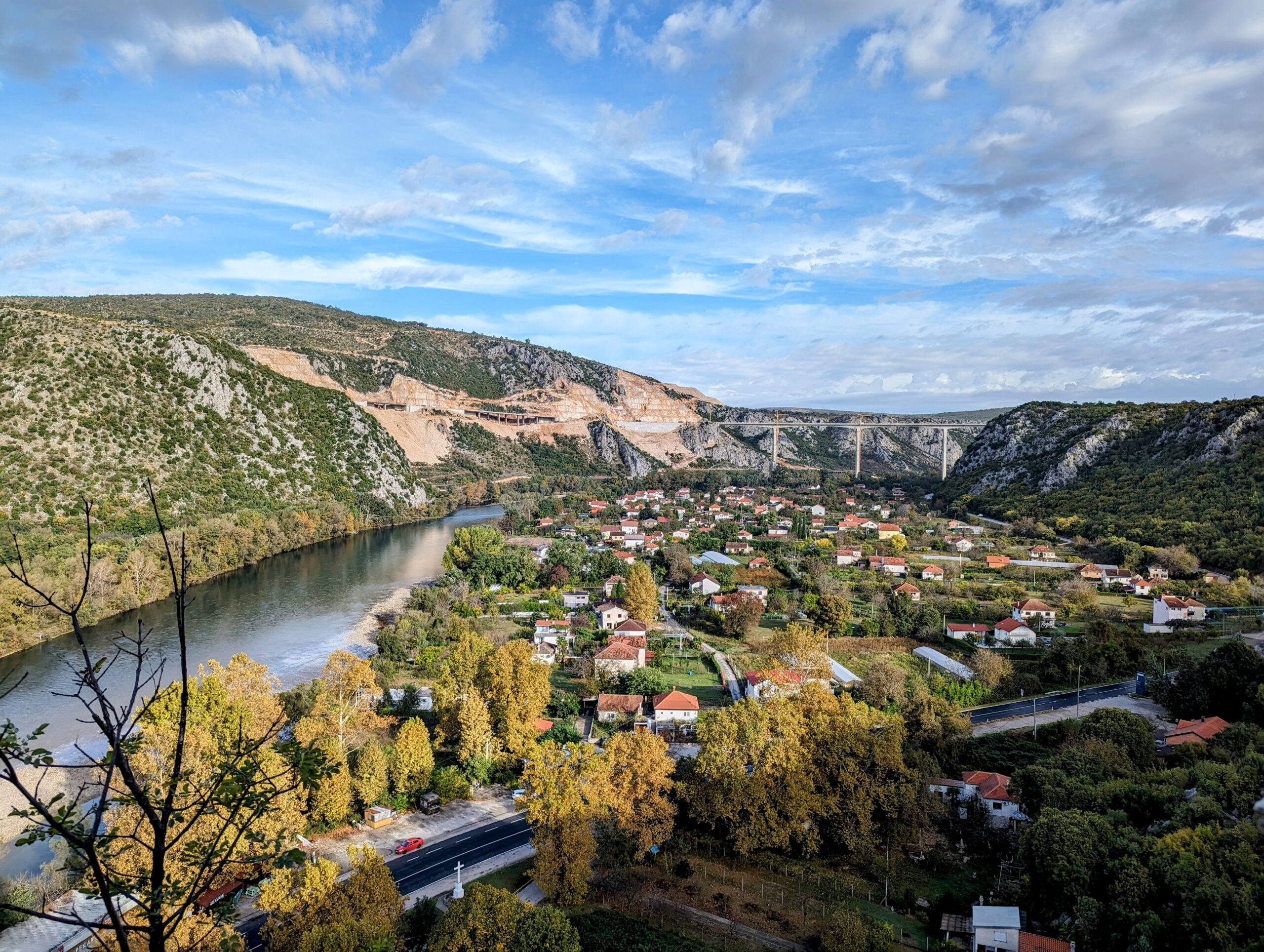
Throughout the 1990s my lifesaver locum was a chap called Peter Ferwerda. He was a thorough compassionate GP, a devout Catholic who attended mass daily. While I had developed an obsession with trekking in the Himalayas he developed an obsession with a town called Medjugorje here in Bosnia. In 1981 6 local children/teenagers claimed to have seen an apparition of the Virgin Mary and the story they related to the local Franciscan monk was very similar to the sighting of Mary in Fatima, Portugal. At a time when the children were in atheist, communist then Yugoslavia and before the advent of the world wide web it seems to be a strong case to be accepted as a pilgrimage site which is what it has become. Years of communism and civil war has hampered any church investigation and the passage of time adds to the difficulty in establishing the veracity of the claim. In the meanwhile Dr Ferwerda has becoming Fr Ferwerda and this place has become a pilgrimage site. Having said that, there is a gentle spirituality to this place which I enjoyed a lot more than the mass of humanity at Lourdes all those years ago.
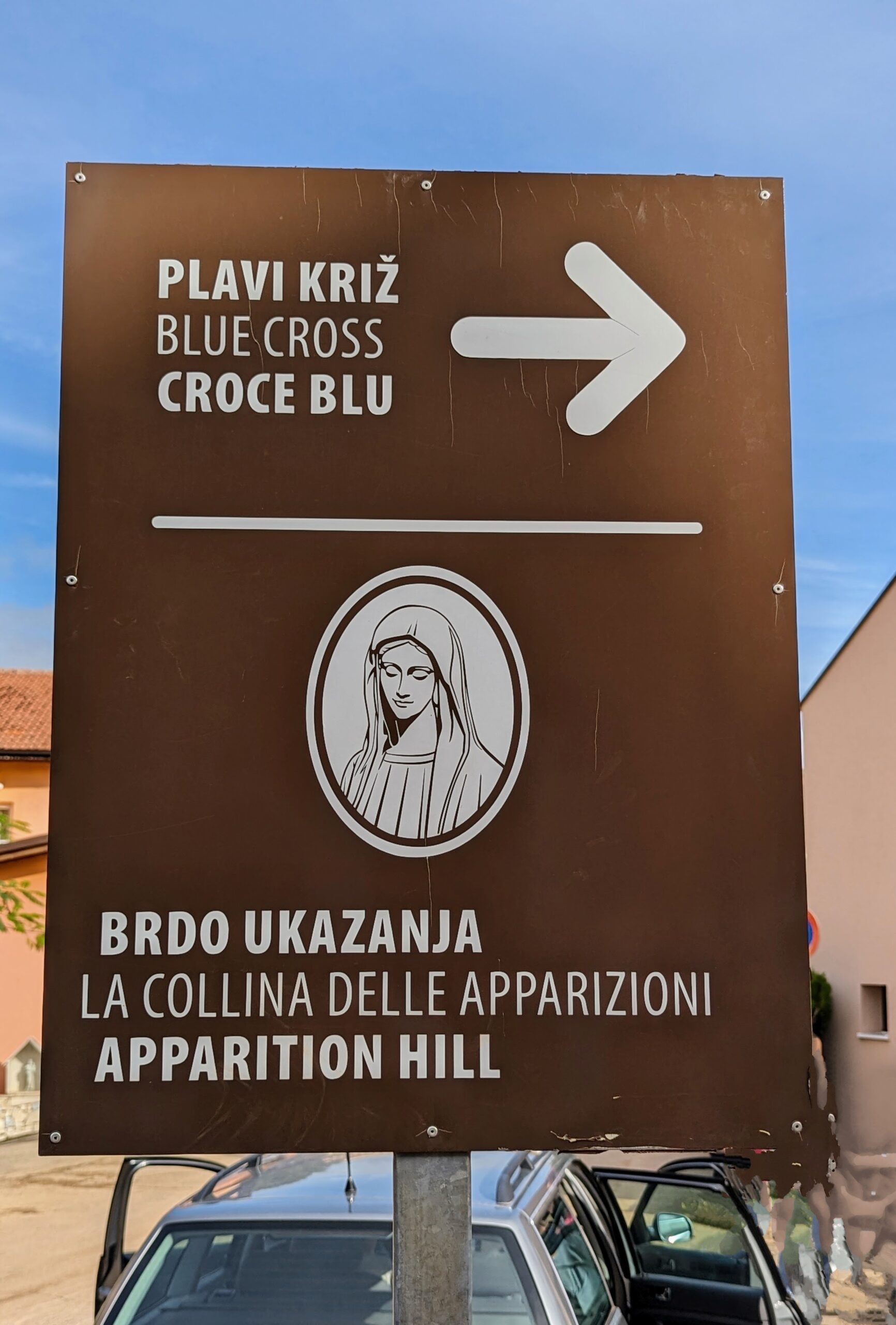
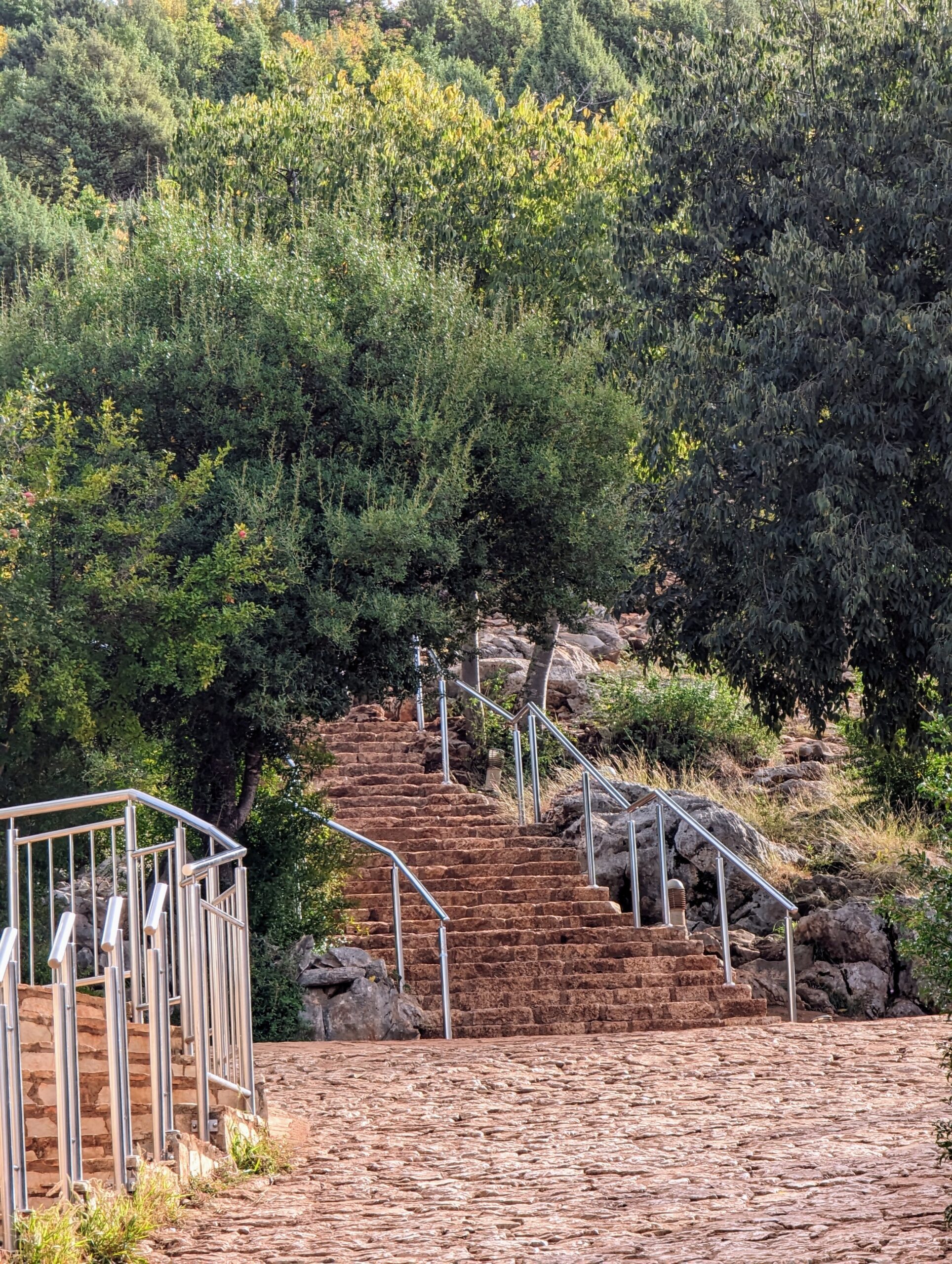
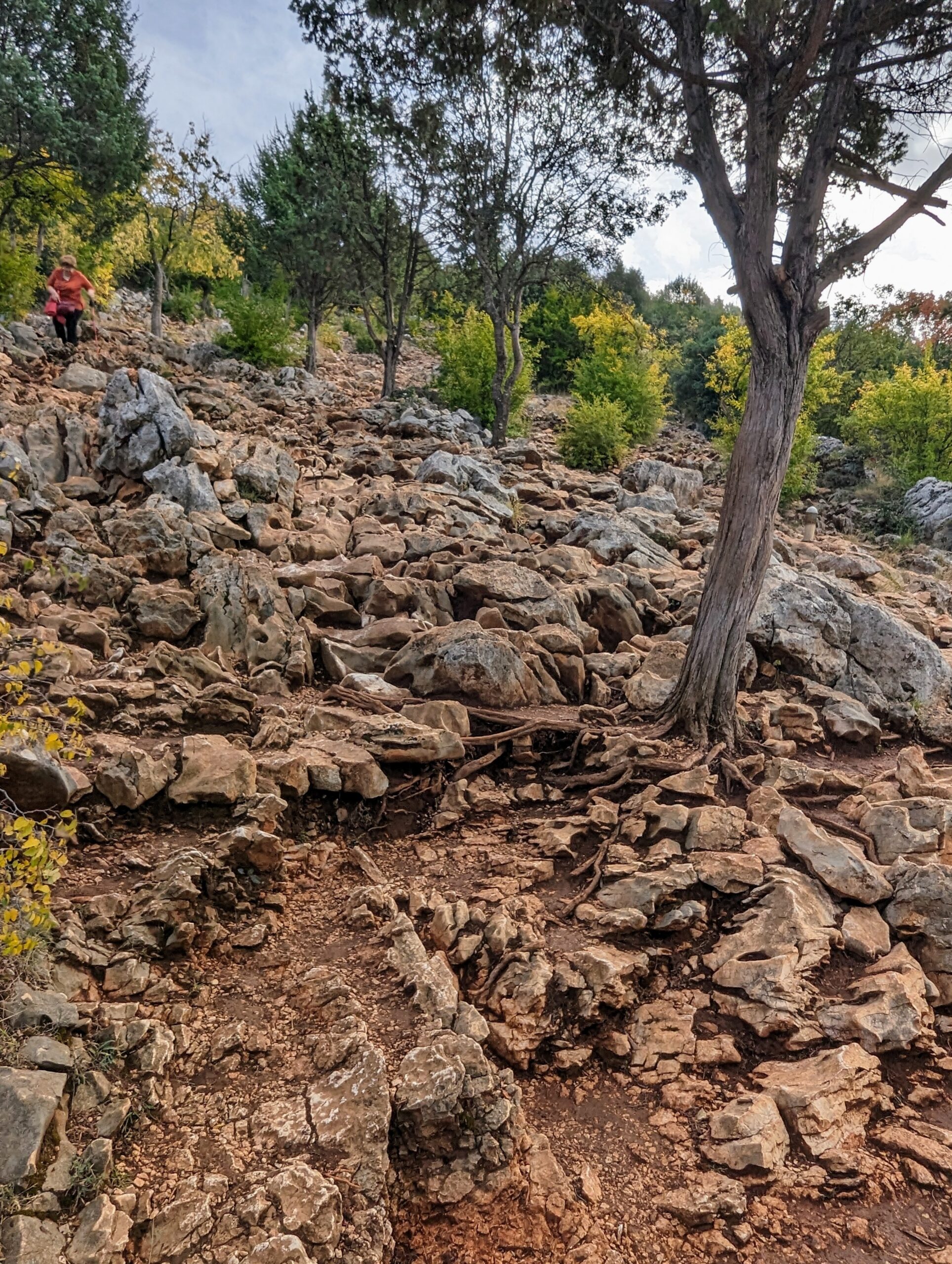
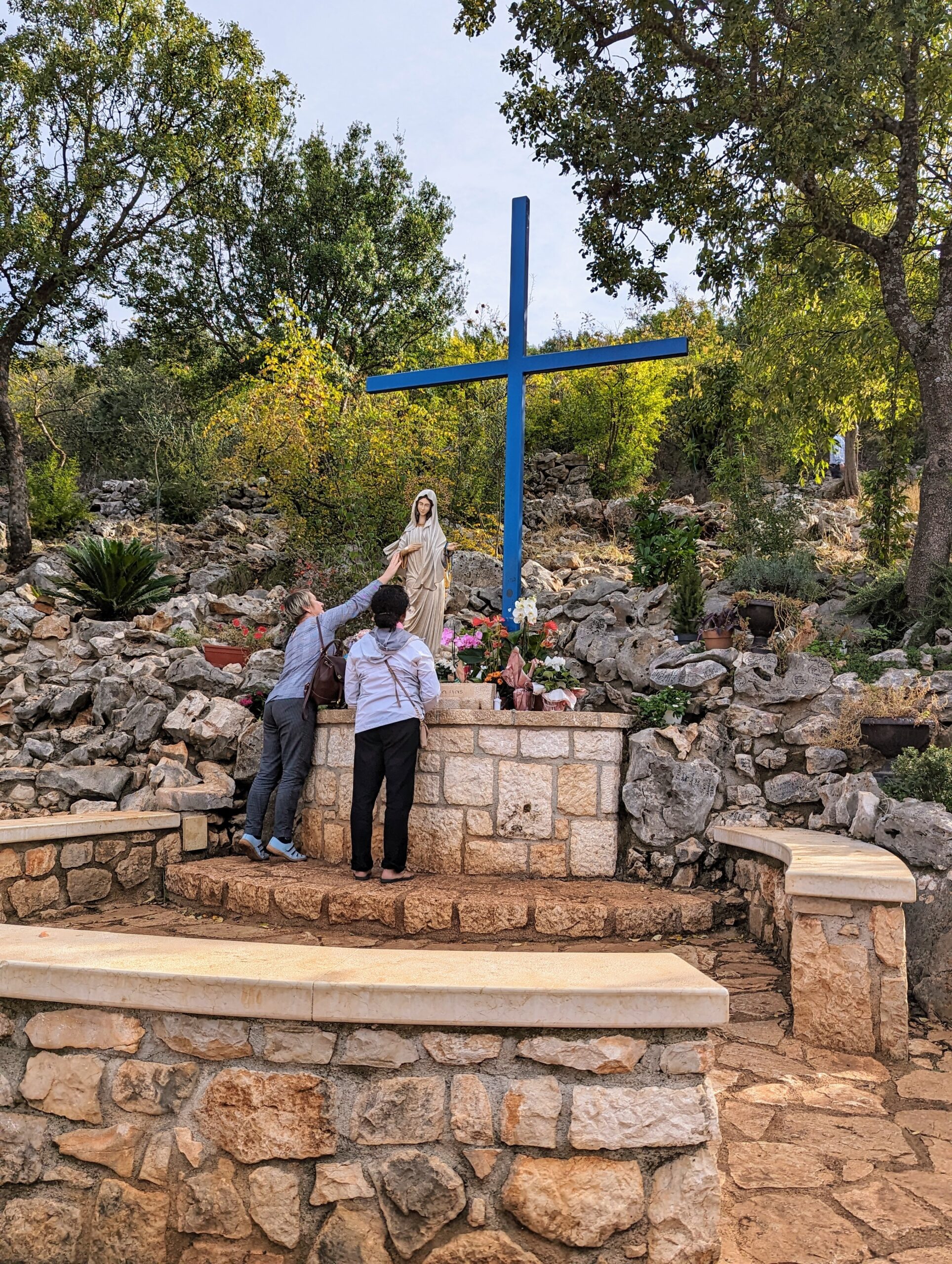
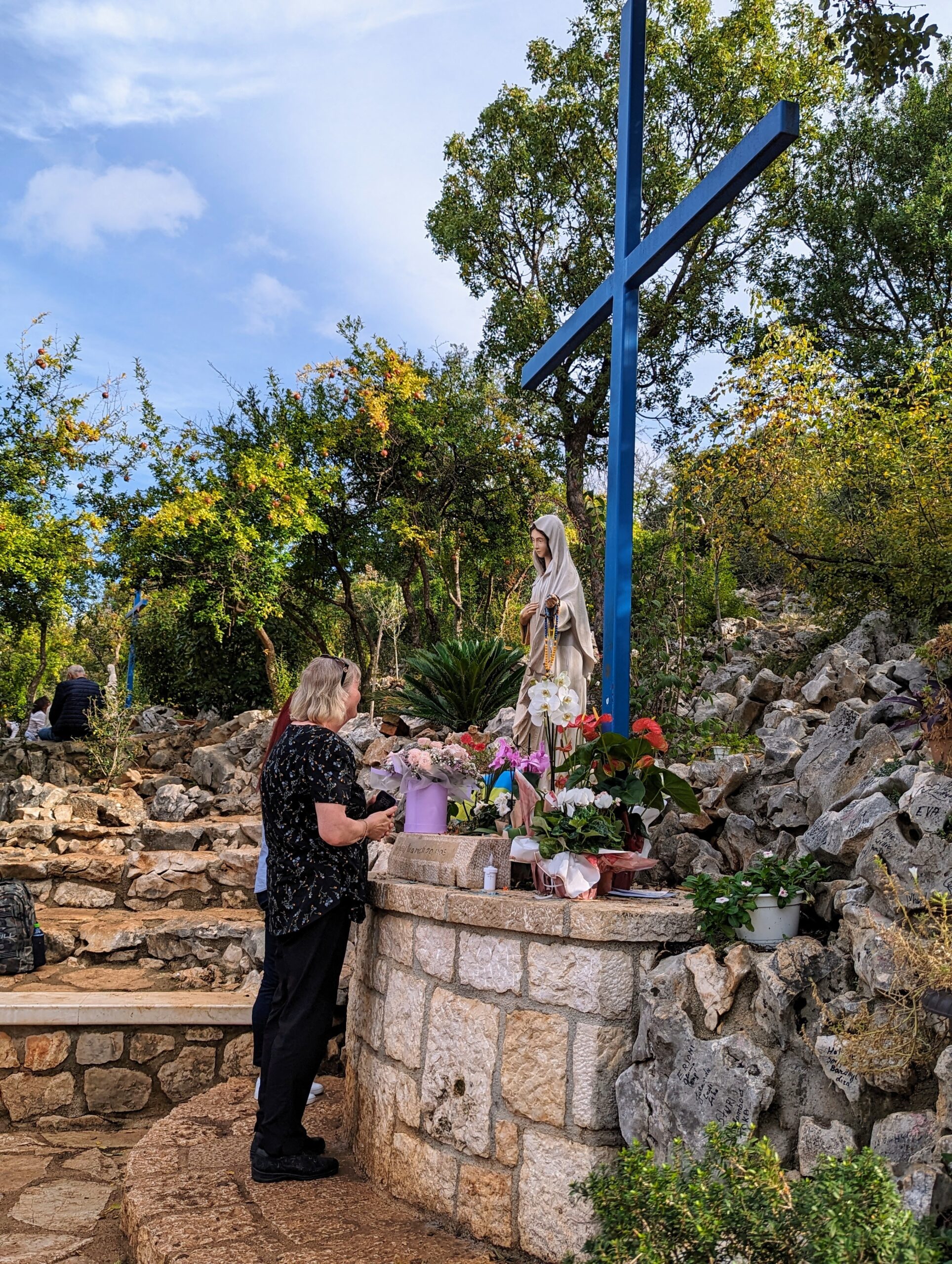
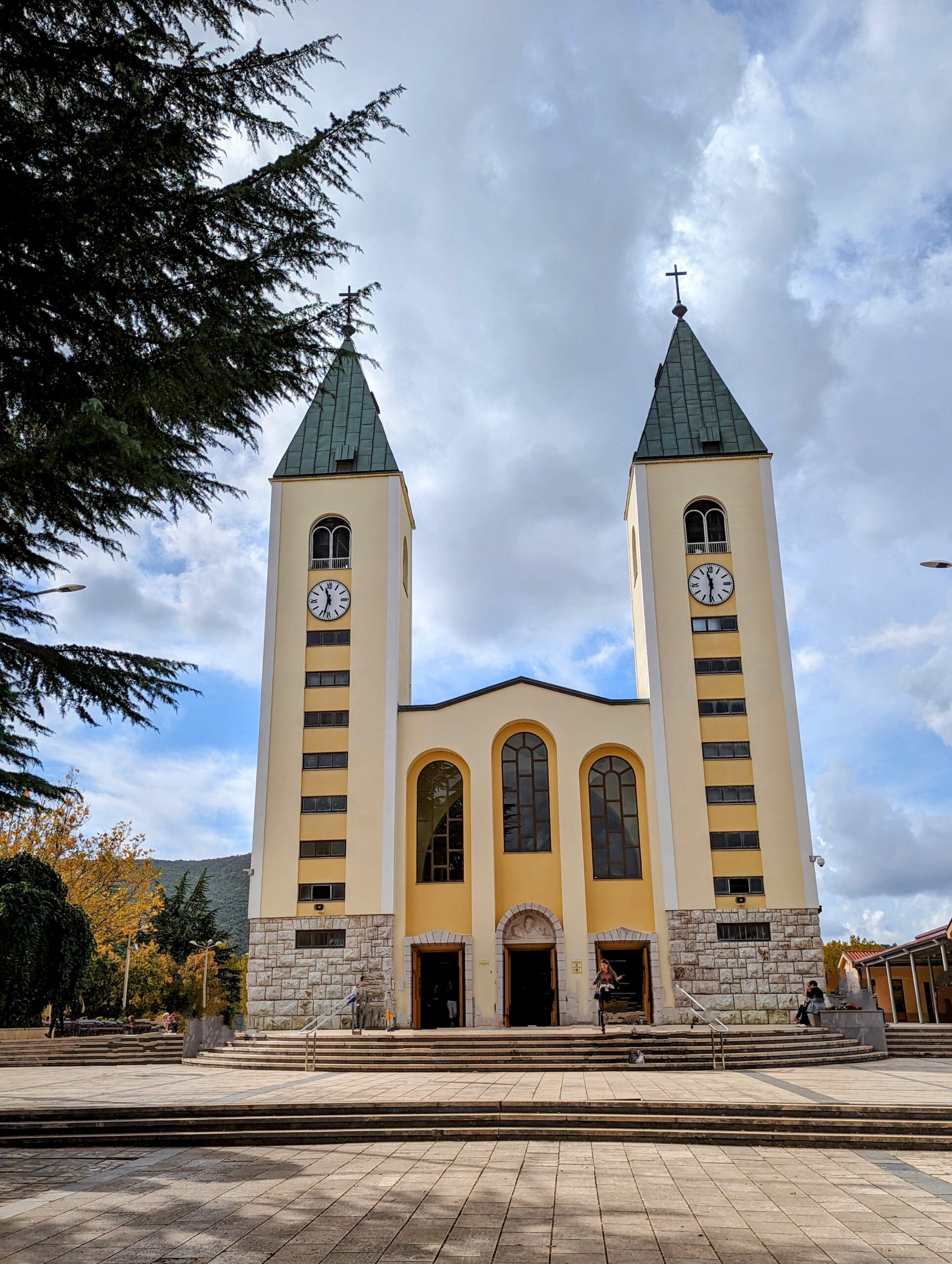
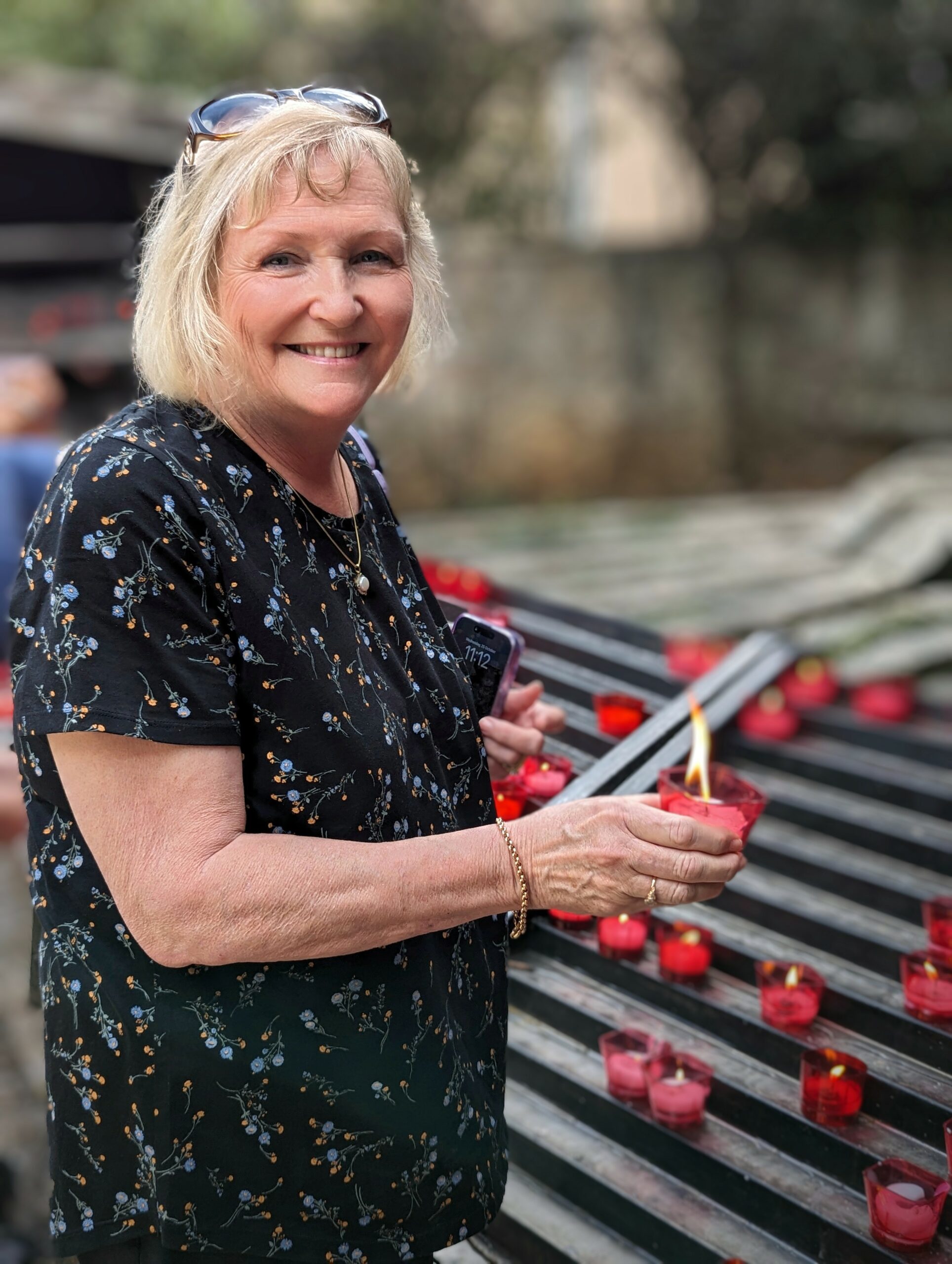
Our final stop is the raison d’etre for our day trip, the visit to Mostar. As with Dubrovnik I first became aware of this town in Bosnia during theBalkan wars between 1991 and 1995. When it was completed in 1566/67, the bridge had the widest arch in the world and was a masterpiece of Ottoman architecture. So much so, that the city of Mostar is actually named after the bridge and is derived from the Slavic word – mostari – for ‘bridge keepers’. In the messy Balkan war of the 1990s it was not just the Serbs who were the aggressors. Croats and Bosnians faced off in Mostar. The city was divided in 2 west for the Croats and East for the Bosnians. Pockmarks on buildings bear evidence of gunfire. In 1993 the Croats blew up the historic Mostar bridge in another act of cultural vandalism. Incorporating material from the demolished bridge it has been carefully reconstructed. It remains the centerpiece of the historic old town.
